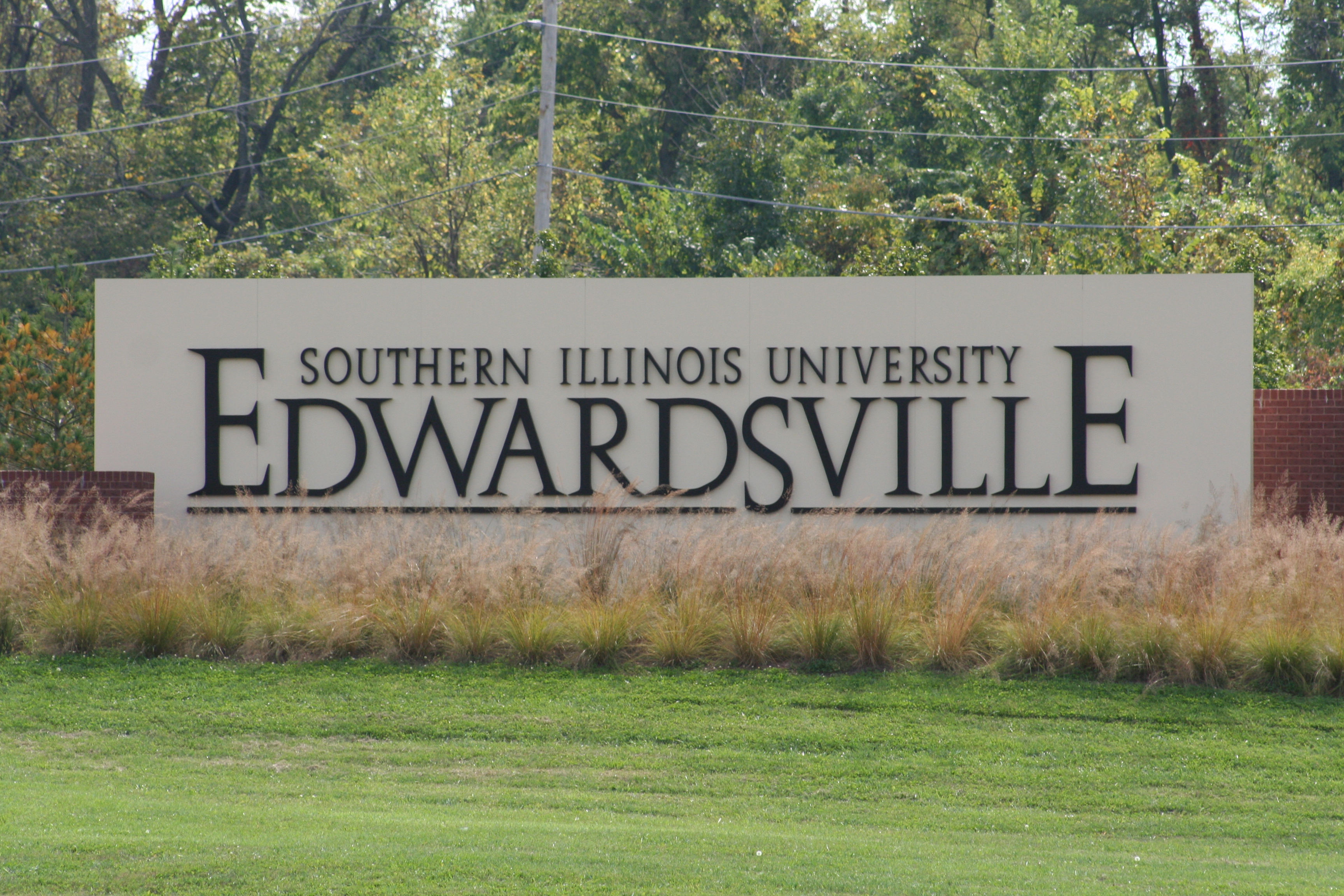SIUE nursing program ranked best value in Illinois, #5 in nation
- Details

To compile its list, Affordable Schools considered more than just the average cost of attendance. The rankings also took into account the program’s student-to-faculty ratio and its national standing as determined by U.S. News and World Report. Affordable Schools praised SIUE’s opportunities for hands-on learning and its individualized coursework, as well as its focus on preparing students to sit for the National League for Nursing Certified Nurse Educator examination after they graduate. Benedictine University in Lisle, Illinois, joined SIUE in the top 15.
Illinois commemorates planting of its first soybeans, and their surprising origins
- Details
 A marker commemorating the first soybeans ever planted in Illinois was placed at the Louis and Clark Community College in Alton, Illinois nearly 167 years after John Lee of Alton helped them take root.
A marker commemorating the first soybeans ever planted in Illinois was placed at the Louis and Clark Community College in Alton, Illinois nearly 167 years after John Lee of Alton helped them take root.
However, Lee did not receive this crop by ordinary means. Illinois’ long history with soybeans begins 500 miles off the coast of Japan in 1950, after a shipwrecked Junk stranded 17 Japanese sailors at sea.
The group was transported to San Francisco after the North American freighter Auckland rescued them from the wreck. Among the survivors was Joseph Heco, pictured left, who later became the first Japanese person to be naturalized as a United States citizen. A chest of goods he and his shipmates brought from the wreck contained the very first soybeans that Illinois would see.
At the time, Alton resident Dr. Benjamin Franklin Edwards was residing in San Francisco. Like many others during this time, Edwards was drawn to California by the gold rush.
Chicago beats New York, Los Angeles and Denver in job growth
- Details
 According to a new set of federal employment data. The city of Chicago and the metropolitan area is now growing at a faster rate than the nation.
According to a new set of federal employment data. The city of Chicago and the metropolitan area is now growing at a faster rate than the nation.
The U.S. Bureau of Labor Statistics’ monthly survey of households and employers found Illinois added nearly 100,000 jobs from June 2018 to June 2019. Chicago’s job-growth gain percentage was 1.8, with the national average coming in at a 1.5 percent increase. The growth in the past year tops other comparable Midwestern cities such as Indianapolis and Cleveland. Cites such as New York and Los Angeles reported growth at 1.2 and 1.4 percent.
Arist of the Month - Ellen Ransom
- Details
Our July Artist of the month is Ellen Ransom of Evanston. Ransom is a portrait artist whose goal is to show African Americans around the world that they too can be portayed in art.
How long have you been an artist or when did you start?
I can’t remember a time when I wasn’t drawing something! I was the youngest of four children and the only girl being raised alone as my brothers remained in Alabama with my grandmother and their father. I didn’t have much company or playmates and therefore found ways to entertain myself by drawing everything in sight. Upon becoming a teenager, my oldest brother joined my mother and me, but still, as a baby sister, there were not a lot of opportunities for my brother and I to interact together, besides art.




